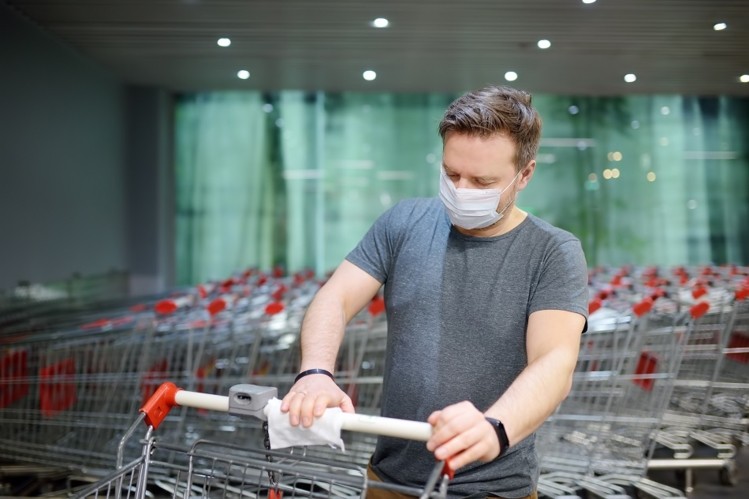From March 27 to March 28, 2020, C+R surveyed 2,012 consumers about how their shopping habits, budgets, experiences, and diets have changed.
Nearly three-quarters (73%) said they were making fewer trips to the grocery stores since COVID-19 hit (down from an average of 2.3 trips to 1 trip per week), and 60% said they were “fearful” or had “a sense of anxiety” when shopping at physical grocery stores, with more than one-third (35%) believing stores were not doing enough to protect customers from coronavirus and 50% believing stores were not doing enough to protect employees.
Since the survey was conducted, however, many retailers have significantly stepped up safety measures for employees and customers.
Consumers also reported an increase in shopping arguments or altercations: 19% of respondents said they had witnessed a verbal argument, and 11% had witnessed a physical altercation while shopping at physical grocery stores.
The survey also found that when shoppers do travel to a store, they’re opting to get their shopping done early with 40% of respondents saying that they shop for groceries in the morning when stores are typically less crowded, while 17% shop in the evening.
Grocery delivery surges: 27% of respondents plan to use grocery delivery apps post-pandemic
As a result of less frequent trips to grocery stores, online grocery delivery services have also become more popular for many consumers.
According to respondents, 44% said they are using more restaurant, meal-kit or grocery delivery services and apps. Among grocery delivery apps, the most popular are Amazon Fresh (31%), Walmart Delivery (25%) and Instacart (24%). Considering the convenience factor, 27% of respondents said they plan to continue to use grocery delivery apps once the pandemic is over and life returns to some sense of normalcy.
Along with reduced trips to the grocery store, consumers are spending more per week on grocery. According to the survey, the average weekly grocery spend increased from $159/week before COVID-19 to $184 once COVID-19 hit.
According to C+R, 76% of survey respondents said they do not go out of their way to purchase their favorite brands – although again, the situation may have changed since late March, when many shoppers were focused on getting anything they could get their hands on.
When the survey was conducted in late March, 52% of consumers said they are buying whatever is available, regardless of the price, and 46% are buying in bulk. 89% said that they believe stores should place limits on items.
Roughly half (47%) of consumers also reported a change in diet and eating habits, with 47% those reporting changes saying they are eating more processed foods.
Fuente: Food Navigator-USA

